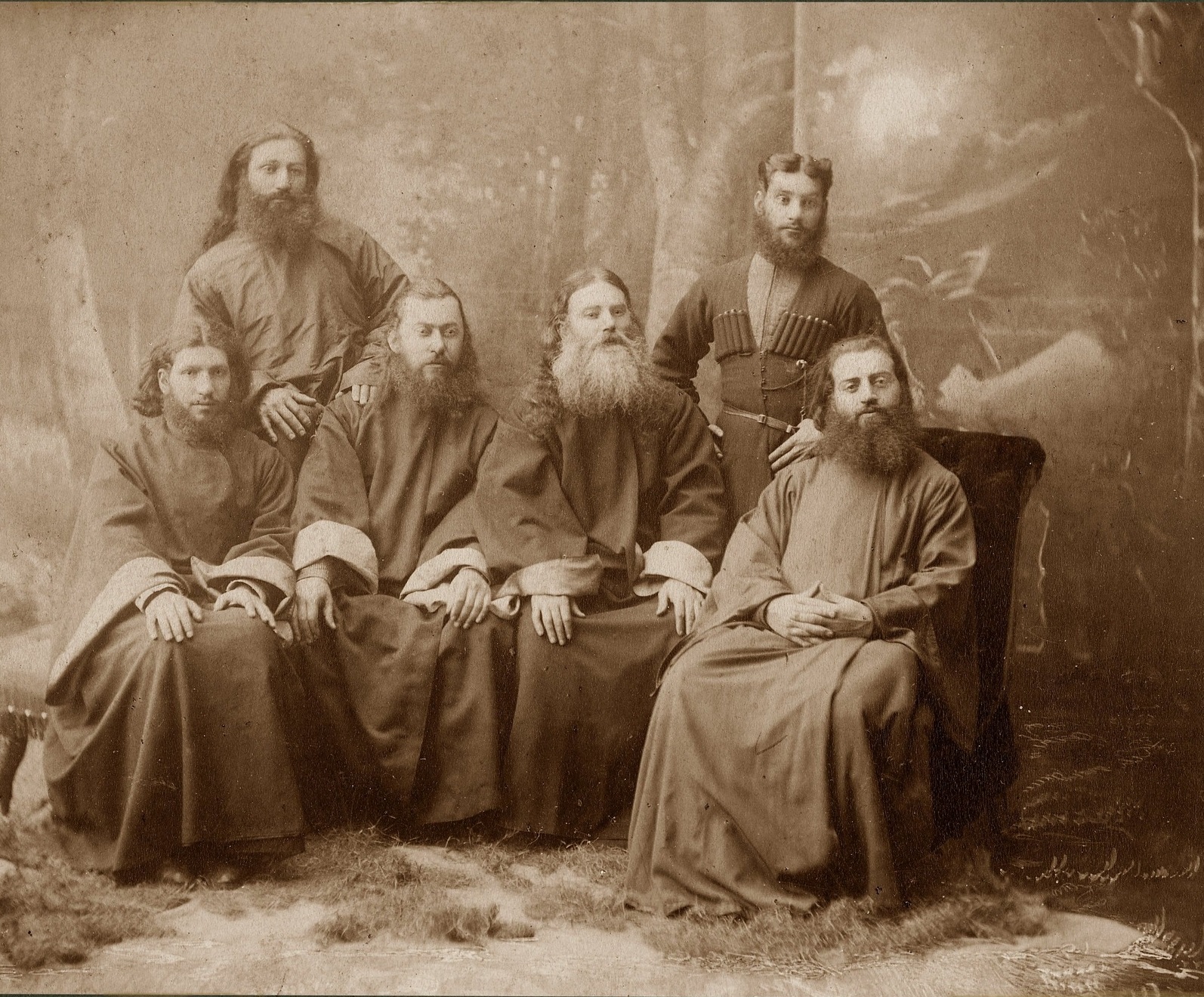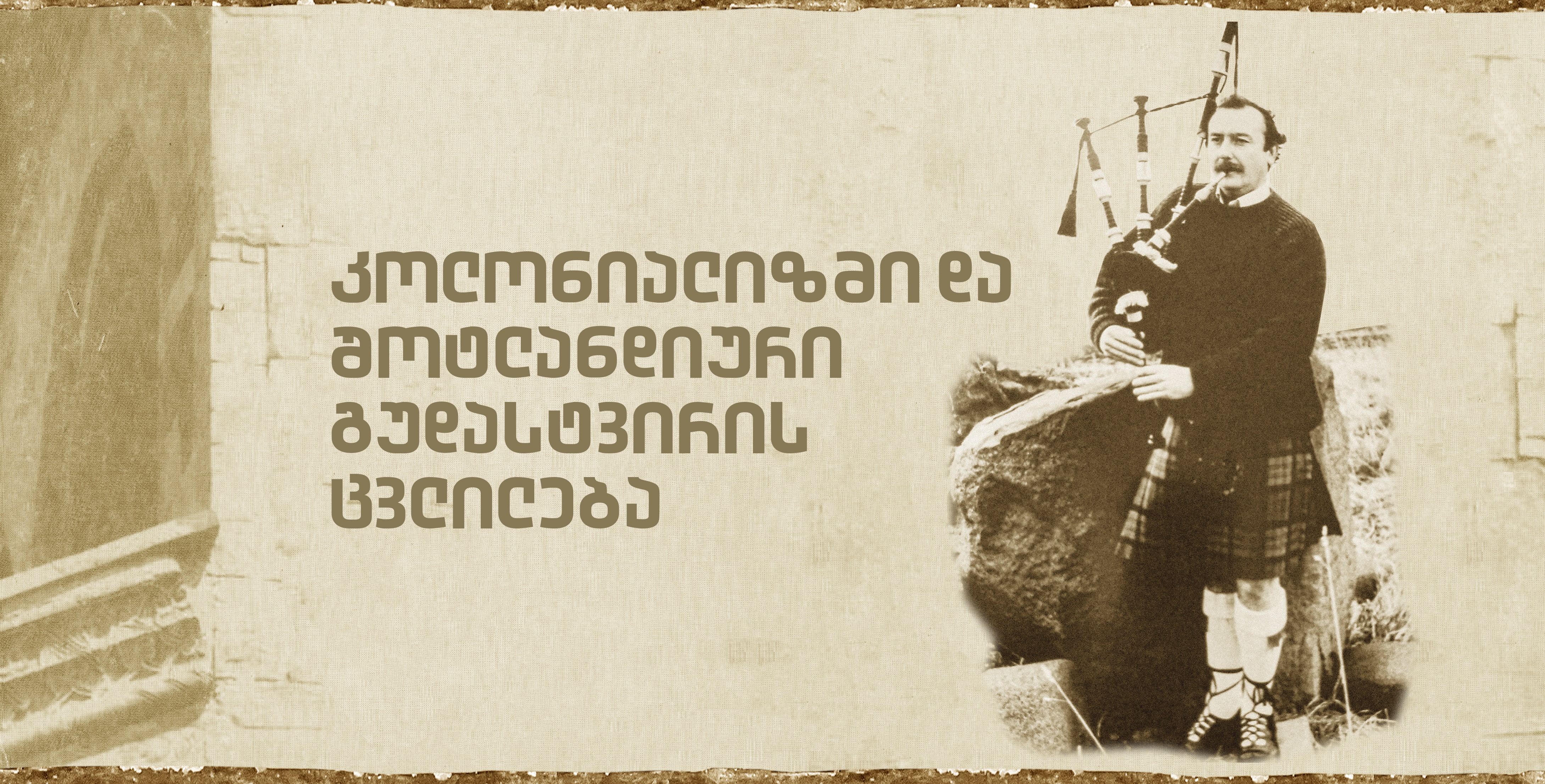Georgian Dance as Therapy
Mariam Bedenashvili is a teacher and choreographer by profession. After several years of living, studying, and working in Germany, she became interested in the therapeutic properties of dance, and upon returning to Georgia, began to implement the idea of using Georgian dance for therapeutic purposes. Mariam shares her experience with the readers of our journals.
My love for Georgian dance started at a very young age: I was five years old when I was first started dancing. It is true that many new interests have appeared since then, but the love of dance has always come first. I made the dream profession of childhood a reality. For ten years I danced in a children’s choreographic ensemble and participated in performances, which remained some of the best memories of my childhood. After graduating from high school, I continued my studies in choreography, and dance turned out to be of great interest to me from the theoretical point of view as well. After completing my studies, I worked as a dance teacher for various schools and ensembles. In 2017, I moved to Germany to pursue new professional opportunities. It was there that I discovered something that I had never heard of in Georgia: dance therapy.
What is dance therapy? Dance movement therapy is a kind of practice that helps people develop emotional, cognitive, physical, and social skills. The goal of the therapy is to help individuals communicate with the people around them, increase their self-esteem, and improve both their psycho-emotional conditions and their physical activity.
My interest in this direction grew day by day, and I began to research the subject intensively. Meanwhile, in my imagination, I was already trying to apply this approach to Georgian dance. The idea of Georgian dance therapy also came up in Germany, during a conversation with my aunt, when we were discussing the importance of dance in social life. These conversations gave momentum to the idea of using Georgian dance for therapeutic purposes.
In the province of Baden-Württemberg, Germany, I had the opportunity to learn about dance therapy and its positive impacts on the psychological and physical well-being of the elderly. I spent several months attending therapy sessions and learning from them, which provided the foundation for developing an effective framework for using Georgian dance for therapeutic purposes.

This idea was one of the main reasons for my return to Georgia. The longer I was separated from Georgian dance, my beloved art form, the harder it was for me emotionally. Although I even started a Georgian dance course in Stuttgart, it did not give me sufficient relief from this persistent nostalgia.
When I returned to Georgia in 2021, my arrival coincided with the pandemic period. However, despite the pandemic-era stagnation, I decided to establish a course in Georgian dance therapy for the elderly in Georgia.
Georgian dance therapy is a new opportunity for us, because until now Georgian dance has always been perceived in society as a solely stage or folk performing art. The ancient tradition of folk choreography provided a fertile ground for the emergence of the theatricalized Georgian dance and the foundation was laid for the national ballet, which gained international recognition. Giving Georgian dance a new, different purpose—therapeutic application—would allow for its full potential to be realized, and for its benefits to reach a new, different group of people.
For this purpose, I developed a special program, including activities and games adapted to the melodies of Georgian traditional dances. The program is divided into categories according to age group and appeals to the interests of a wide range of participants. These include, among others, children who live in orphanages and need psychosocial support; socially vulnerable adults, including those in adult day-care centers; and senior citizens over the age of sixty, who live in nursing homes or use the services of day-care centers.
As is the case with all innovations, the early steps of Georgian dance therapy have been full of difficulties. The ideas and plans I came up with in Germany were met with resistance in Georgia. Many advised me to give up on this “absurd” idea, because, in their opinion, Georgian society was not ready for it, and older people would not understand or accept this initiative. In a way, because of this, the introduction of dance therapy methods in Georgia also became a fight against stereotypes of specific people.
Despite the various objections, I decided to forge ahead, and, while the country was still shut down by the pandemic, I started calling orphanages and nursing homes to organize Georgian dance therapy activities with volunteer resources.
Unfortunately, many nursing homes and orphanages were wary and refused my offer. Some,ironically, asked me if I was aware of the problems faced by the people in shelters and said that rather than dancing, my efforts would have been better directed towards providing medicine, food, and basic necessities for these people.
Fortunately, however, there were a few who happily accepted my offer, and I got to work. At first, I wondered how the participants would react to this initiative. Only four senior citizens attended the first sessions, but after about six months their number reached thirty. Interest and approval gradually increased, not only from the participants, but also from the general public.
 |
 |
As the method Georgian dance therapy improves, I become more convinced that this important first step was worth all the struggle, as it has brought me and the beneficiaries of my practice to this point. This kind of therapy provides an excellent example of social and psychological interactivity.
For instance, it can be difficult for older people to get involved in the process at first—it is difficult to start dancing—not only due to limited physical abilities, but also because of shyness. After a few sessions, however, enthusiasm grow and awkwardness disappears. One case comes to mind as a particularly striking example of this: a 90-year-old woman, who used a rolling walker, came to the dance therapy sessions. At first, she had no desire to participate. After the third therapy session, she decided to join the process: with the help of eye contact and the guidance of my hand, she got up and started performing Georgian dance movements in slow motion with me. To this day, this image is amazing and unforgettable for me. The power and rhythm of the music motivated her and, after years of relying on the rolling walker, she was able to move independently, even if just for a few minutes. This case turned out to be a source of great strength for me and a kind of sign to continue this work.

Working with people with dementia also turned out to be very interesting. Unfortunately, the process of dementia cannot be stopped, but it can be slowed down and prolonged, for example, by frequent movement to the rhythm of music and frequent repetition of the same movement, as well as by improving the social context so the person feels more fulfilled.
Observing these processes made me realize that children and adults alike need psychological support and guidance to develop and maintain their physical abilities.
When taking into consideration the issues faced by our country, the therapeutic potential of Georgian folk dance acquires special importance, because senior citizens do not have sufficient access to social and cultural activities due to the lack of necessary services.
Georgian dance therapy for senior citizens , tailored to local social and cultural characteristics, can help improve physical, psychological, emotional, and cognitive skills. Social activity is very important for the elderly, and Georgian dance is one of the best ways to socially engage them, help them relax, and, in general, help them deal with psychosomatic problems.
There are plans to establish a "moving room" for Georgian dance therapy, which will provide dance therapy services in all regions of Georgia in the near future. Its purpose is to promote the emotional and physical health of the population and to improve social engagement. I am glad that with my work, which I love, and which is connected to Georgian dance, I can help people regain hope and self-confidence and make life more beautiful through dance.





